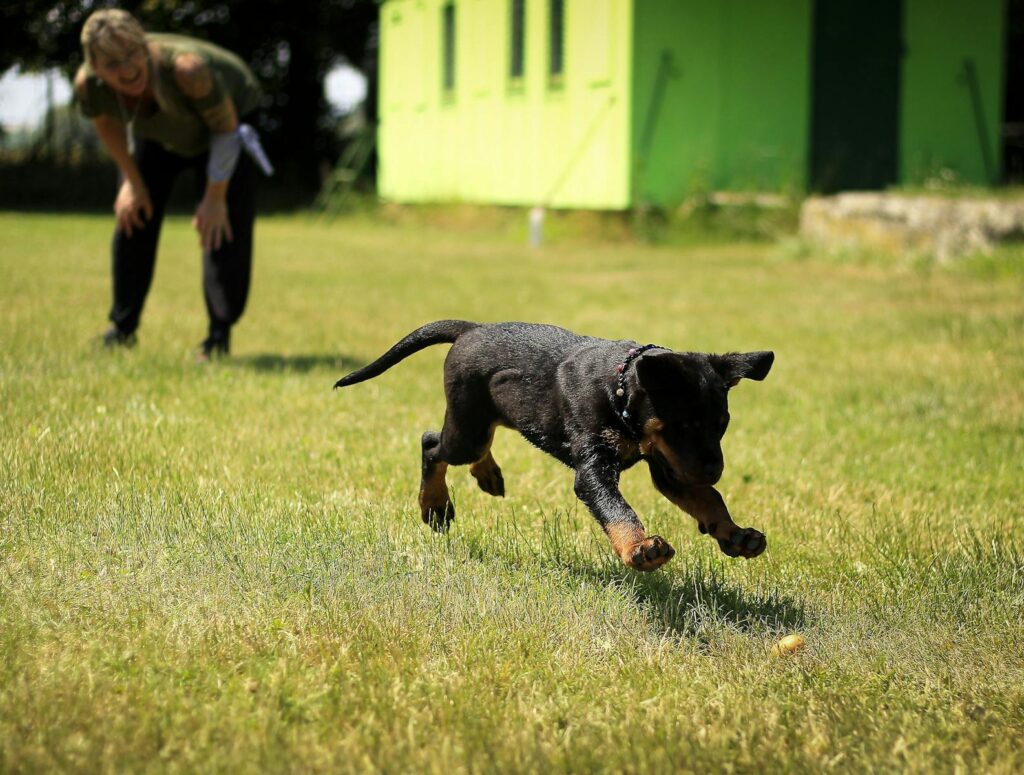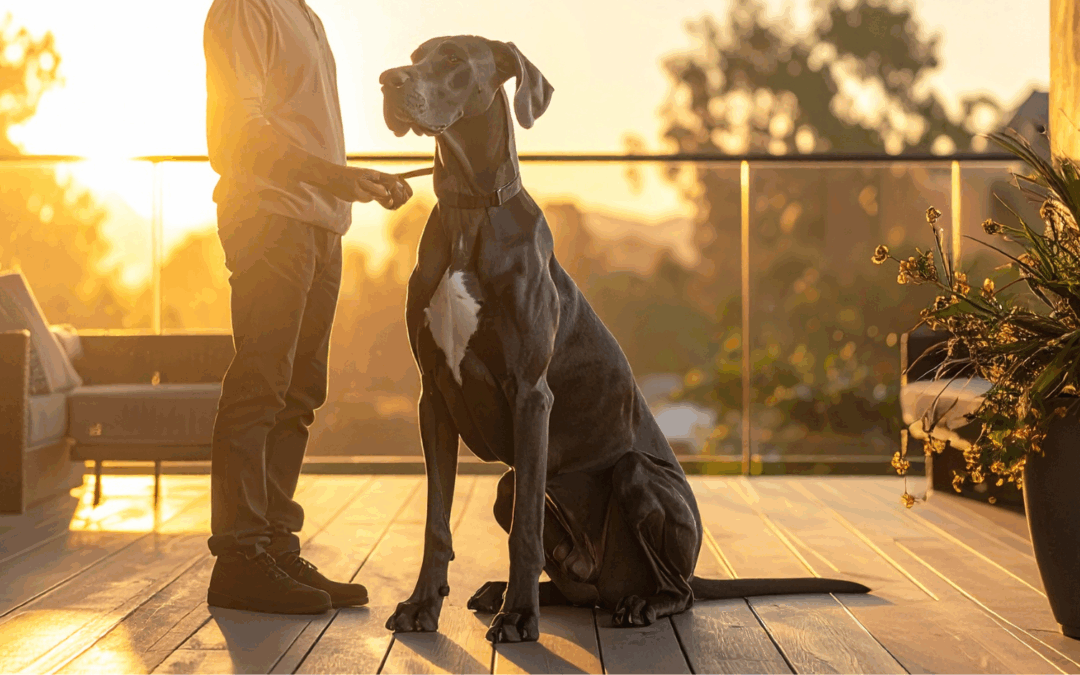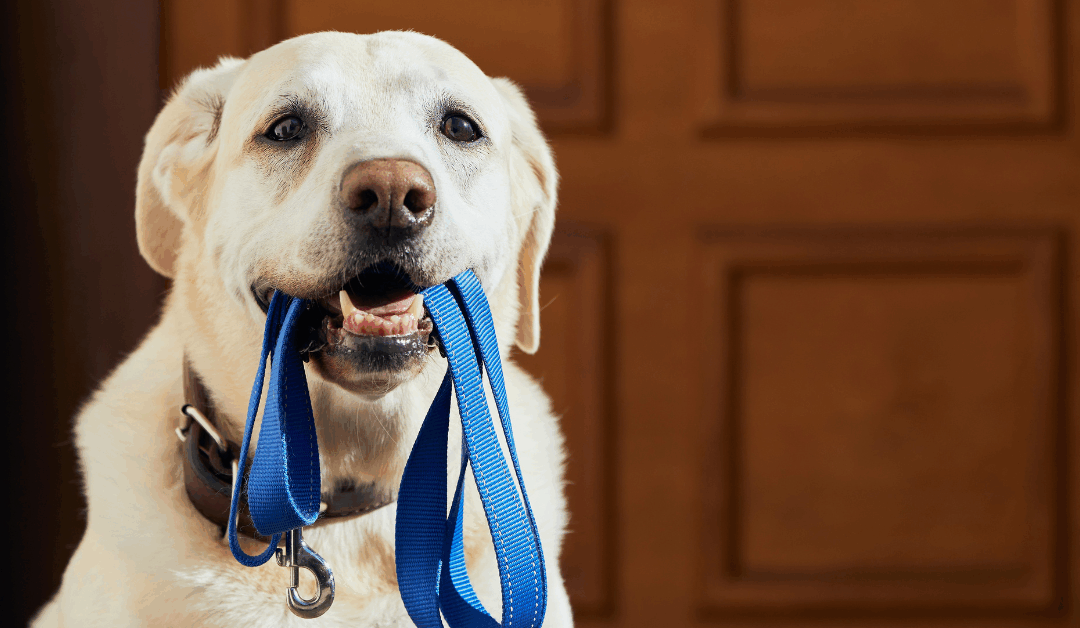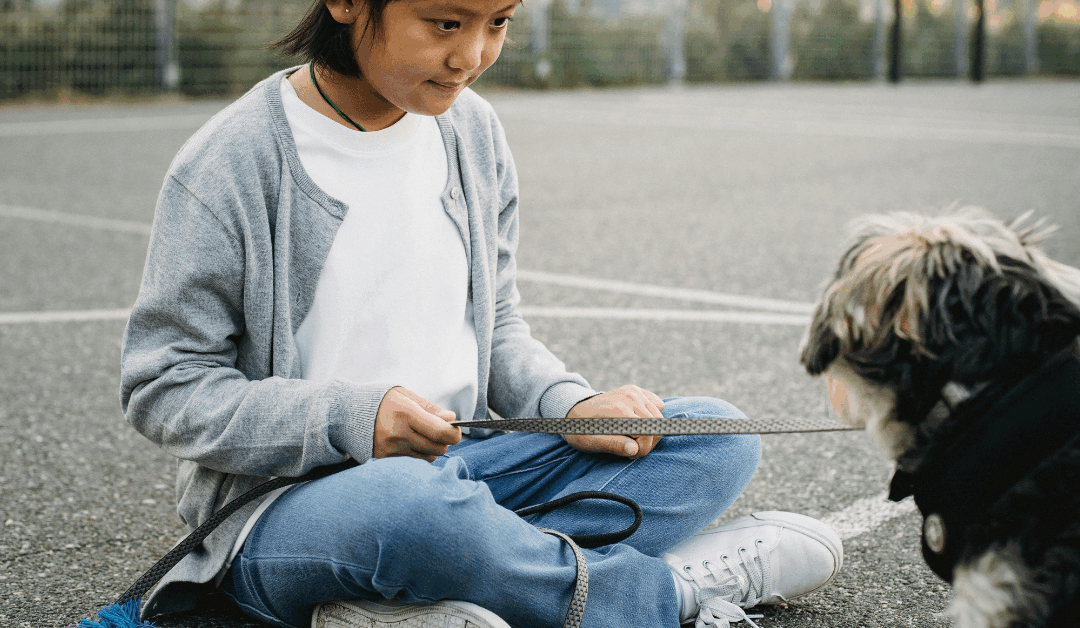You’ve finally decided to invest in professional dog training. Maybe your new puppy has been turning your living room into a chew toy graveyard, or perhaps your rescue dog’s reactivity toward other dogs has made walks feel like military missions. Whatever brought you here, you’re ready to work with a dog trainer to create positive change.
But here’s what many dog owners don’t realize: successful training depends as much on you as it does on your trainer’s expertise. Professional dog trainers see the same patterns over and over—well-meaning owners who unknowingly sabotage their dog’s progress or miss opportunities to strengthen their relationship with their pet.
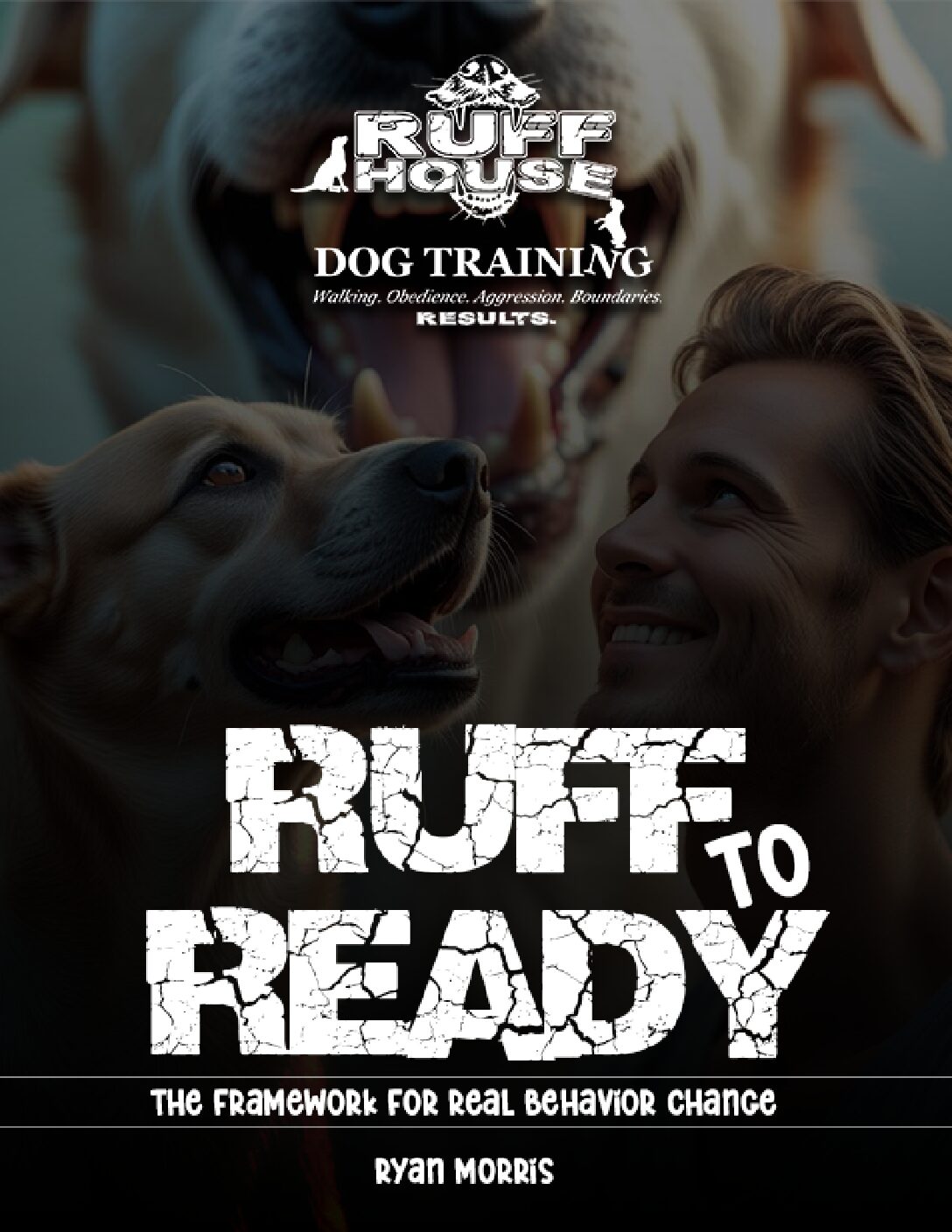
Unlock Real Behavior Change – Download Your Free Guide Now
"*" indicates required fields
After working with hundreds of animal shelters, families, and their dogs, trainers have insights that could transform your training experience. Understanding these key points before you begin can mean the difference between temporary fixes and lasting behavior change that enhances your entire family’s quality of life.
Consistency Is Your Training Superpower
Professional dog trainers consistently emphasize that sporadic training efforts produce sporadic results. Dogs learn through repetition and clear patterns. When rules change depending on your mood, energy level, or who’s home, your dog receives mixed messages that slow their progress significantly.
Consistency means everyone in your household follows the same training protocols. If your trainer teaches your dog not to jump on people, but your teenager thinks it’s cute when the puppy jumps on them, you’re essentially teaching your dog that jumping is sometimes acceptable. Dogs don’t understand exceptions—they see inconsistent responses as different rules for different situations or people.
This extends beyond basic commands to daily routines. If your pet dogs are not allowed on the couch, that rule needs to apply whether you’re watching TV, feeling sick, or having a lazy Sunday. If you’re working on reducing leash pulling, every walk becomes a training opportunity, not just the ones when you have extra time and patience.
Many dog owners struggle with consistency because life gets busy. Work stress, family obligations, and daily challenges can make it tempting to let things slide “just this once.” However, trainers know that maintaining consistency during these challenging times actually reduces long-term stress by preventing setbacks that require additional training sessions to correct.
The good news is that consistency becomes easier over time. Once you and your family establish clear routines and expectations, they become second nature. Your dog learns faster, responds more reliably, and the entire household functions more smoothly.
Professional Dog Trainers Are Training You Too
Here’s a secret that experienced dog trainers know: they’re training the humans as much as the dogs. Your dog’s behavior problems often reflect communication breakdowns, unclear expectations, or unintentionally reinforced bad habits. Effective training transforms both ends of the leash.
Consider leash pulling, one of the most common issues trainers address. Many owners unknowingly teach their dogs to pull by giving in to the pressure. When your dog pulls toward something interesting and you follow, you’ve just reinforced pulling as an effective strategy. Your dog learns that applying pressure gets them where they want to go.
Professional trainers teach you to recognize these inadvertent training moments and respond differently. They help you understand your dog’s body language, timing your corrections and rewards appropriately, and maintaining calm, confident energy that helps your dog feel secure.
This human training component extends to reading your dog’s emotional state. A skilled trainer teaches you to recognize when your dog feels stressed, overstimulated, or ready to learn. They help you adjust your approach based on your dog’s current capacity rather than pushing through when your pet is overwhelmed.
Many owners discover that dog training by amazing people who love animals, improves their general communication skills, patience, and understanding of nonverbal cues. These skills benefit all your relationships, not just the one with your dog.
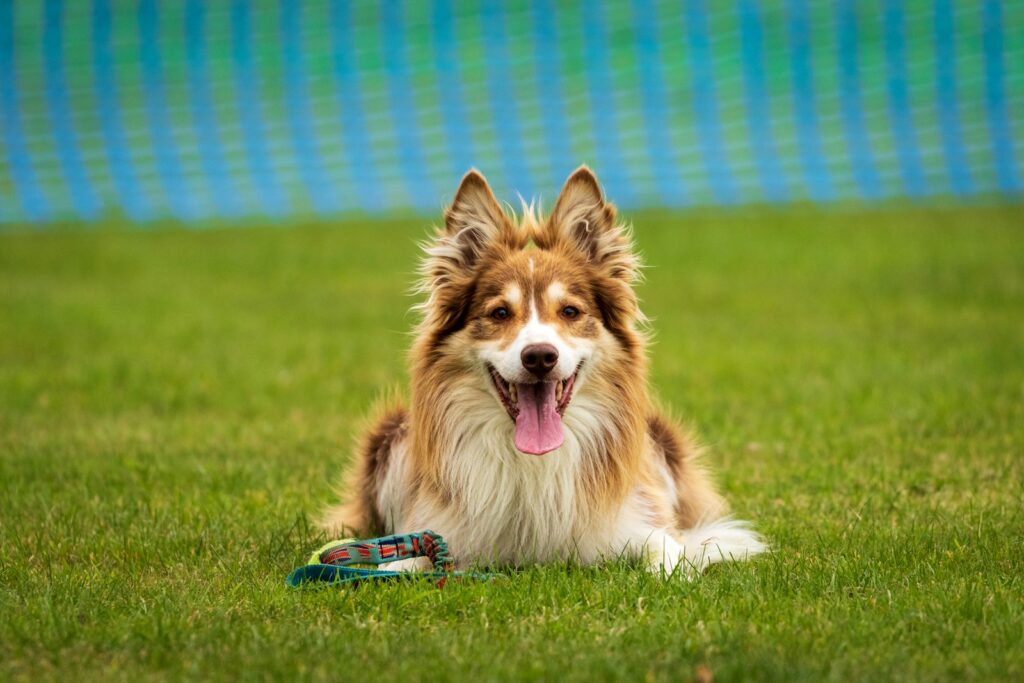
Photo by Roger Chapman on Unsplash
Balanced Reinforcement Works Better than Pure Positive Reinforcement Dog Training
Modern professional dog training relies heavily on balanced reinforcement because research consistently shows it produces faster, more reliable, and longer-lasting results than punishment-based methods. However, many dog owners misunderstand what balanced reinforcement actually means.
Balanced reinforcement isn’t about being permissive or never saying “no” to your dog. It’s about clearly communicating desired behaviors and making them more rewarding than unwanted alternatives. When your dog sits instead of jumping, they receive attention, treats, or play. When they pull on the leash, the walk stops until they return to the correct position.
This approach works because it teaches dogs what you want them to do, not just what you don’t want. A dog who’s punished for jumping might stop jumping but could develop other attention-seeking behaviors like barking or mouthing. A dog who’s rewarded for sitting when excited learns a specific, appropriate way to greet people.
Effective balanced reinforcement requires good timing and appropriate rewards. Your dog needs to understand exactly which behavior earned the reward, which means marking the moment with a word like “yes” or using a clicker, then immediately providing something your dog values.
Professional trainers help you identify what motivates your specific dog. Some dogs work for food rewards, others prefer play or attention. High-energy dogs might find a game of tug more rewarding than a treat, while anxious dogs might value calm praise over excited celebration.
The relationship benefits of balanced reinforcement extend far beyond training sessions. Dogs trained with balanced training methods typically show increased confidence, stronger bonds with their owners, and better problem-solving abilities.
Training Is a Relationship Investment, Not a Quick Fix
Perhaps the most important thing dog trainers wish owners understood is that training is an ongoing relationship investment, not a one-time problem-solving service. The most successful training outcomes happen when owners view sessions as the beginning of a lifelong communication journey with their dog.
Many owners approach training with unrealistic timeline expectations. They want their puppy to be perfectly housetrained after one week, or their reactive dog to love all other dogs after a few sessions. Professional dog trainers know that meaningful behavior change takes time, consistency, and patience.
Think of dog training like learning a new language together. Your first few conversations might be basic and require lots of concentration, but over time, communication becomes more natural and nuanced. You learn to anticipate each other’s needs, respond to subtle signals, and enjoy more complex interactions.
This long-term perspective changes how you approach setbacks. Instead of viewing them as failures, you understand they’re normal parts of the learning process. A dog who forgets their house training during a stressful period isn’t “broken”—they’re responding predictably to changed circumstances and need temporary support to get back on track.
Professional trainers often provide ongoing support for this reason. They know that new situations, life changes, and your dog’s developing maturity will create new challenges and opportunities. Having access to professional guidance helps you navigate these changes successfully.
The most rewarding aspect of viewing training as a relationship investment is watching your bond with your dog deepen over time. You develop mutual trust, clear communication, and genuine partnership that enhances every aspect of life together.
How Ruff House Dog Training Uses Balanced Reinforcement
At RuffHouse Dog Training, we employ a balanced reinforcement approach to effectively train dogs while nurturing a positive and trusting relationship between pets and their owners. Balanced reinforcement is a training methodology that combines both positive reinforcement and appropriate corrective feedback to guide a dog’s behavior. This approach ensures that dogs are encouraged and rewarded for desirable behaviors, while also being gently redirected or corrected for unwanted actions.
Positive reinforcement involves rewarding good behavior with treats, praise, toys, or other incentives that motivate the dog. It creates a clear association between the desired action and a positive outcome, making it more likely for the dog to repeat the behavior. On the other hand, corrective feedback introduces measured and humane corrections, such as a verbal cue or leash guidance, to help the dog understand boundaries and learn from their mistakes. This balanced method is customized to every dog’s unique personality and needs, ensuring their well-being throughout the process.
The reason RuffHouse Dog Training adopts balanced reinforcement private training is that it provides a structured yet compassionate framework for teaching and maintaining good behavior. By blending encouragement with gentle corrections, dogs learn to respond reliably in various situations while maintaining their confidence and trust in their trainers and owners. This comprehensive approach lays the foundation for a well-mannered and happy pet, equipped to thrive in diverse environments.
Head trainer Ryan at Ruff House Dog Training now offers an E-book as your go-to for training your canine, which has more than 5 things your dog trainer wants you to know! Grab your free copy today!
Building a Lifetime Partnership and Better Relationship
Understanding these five key insights transforms your relationship with both your dog and your trainer. When you recognize that behavior has underlying causes, commit to consistency, embrace your role in the training process, focus on positive communication, and view training as an ongoing journey, you set the foundation for lasting success.
Remember that every professional dog trainer started as a dog owner facing challenges similar to yours. They developed their expertise through experience, education, and working with countless dogs and families. By approaching training with patience, openness to learning, and realistic expectations, you’re positioning yourself and your dog for the best possible outcomes.
The investment you make in professional dog training pays dividends for years to come—in reduced stress, improved family harmony, and a deeper, more rewarding relationship with your canine companion.


